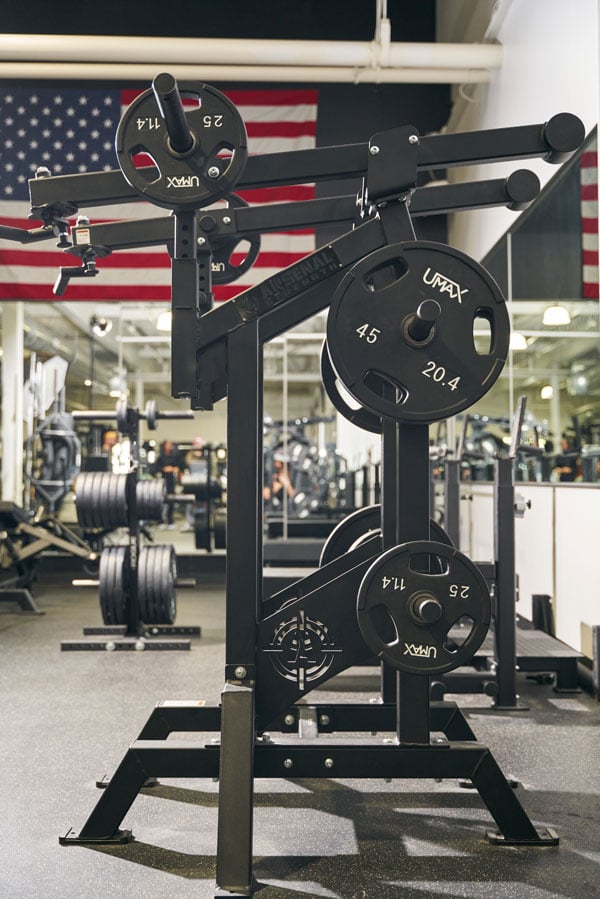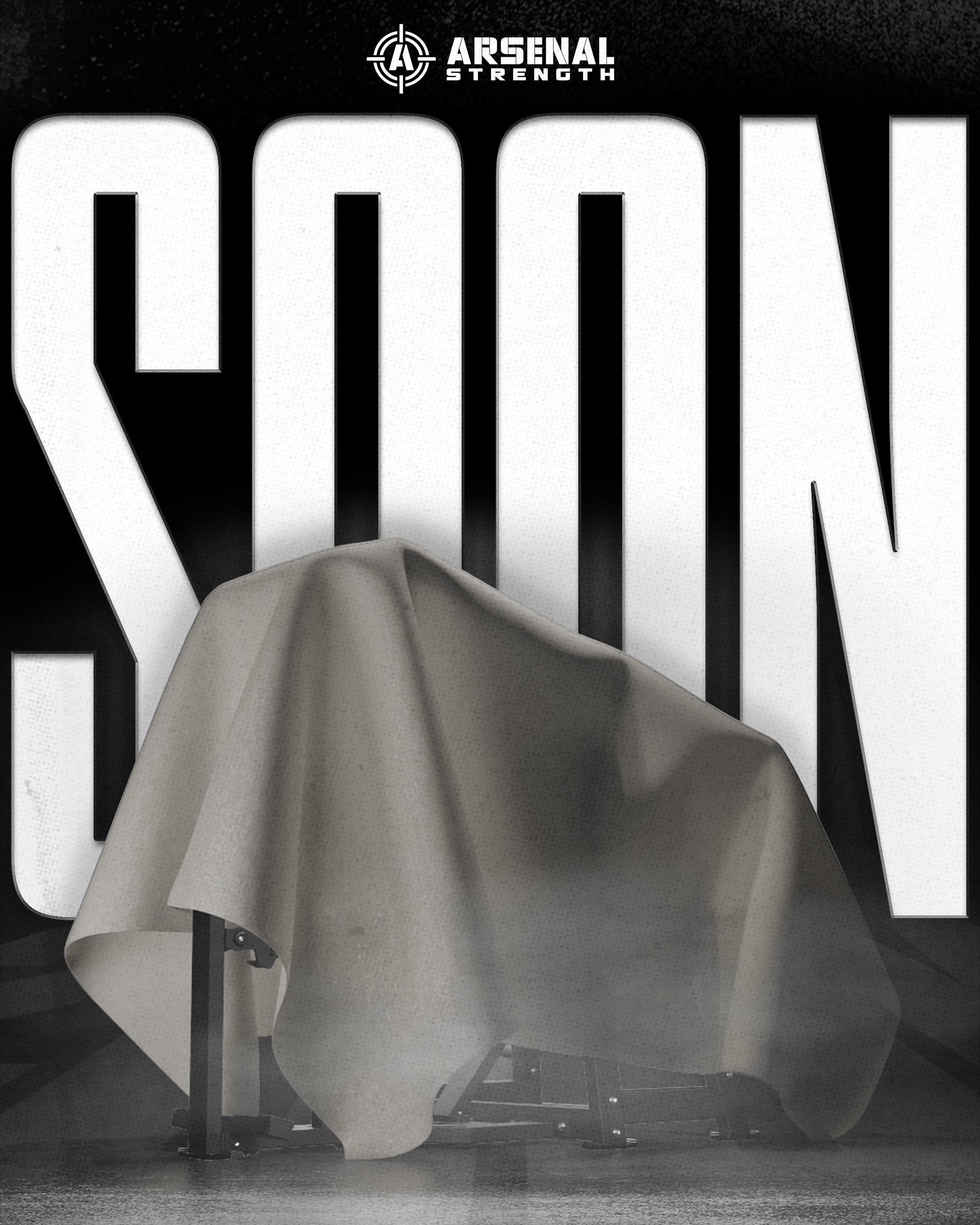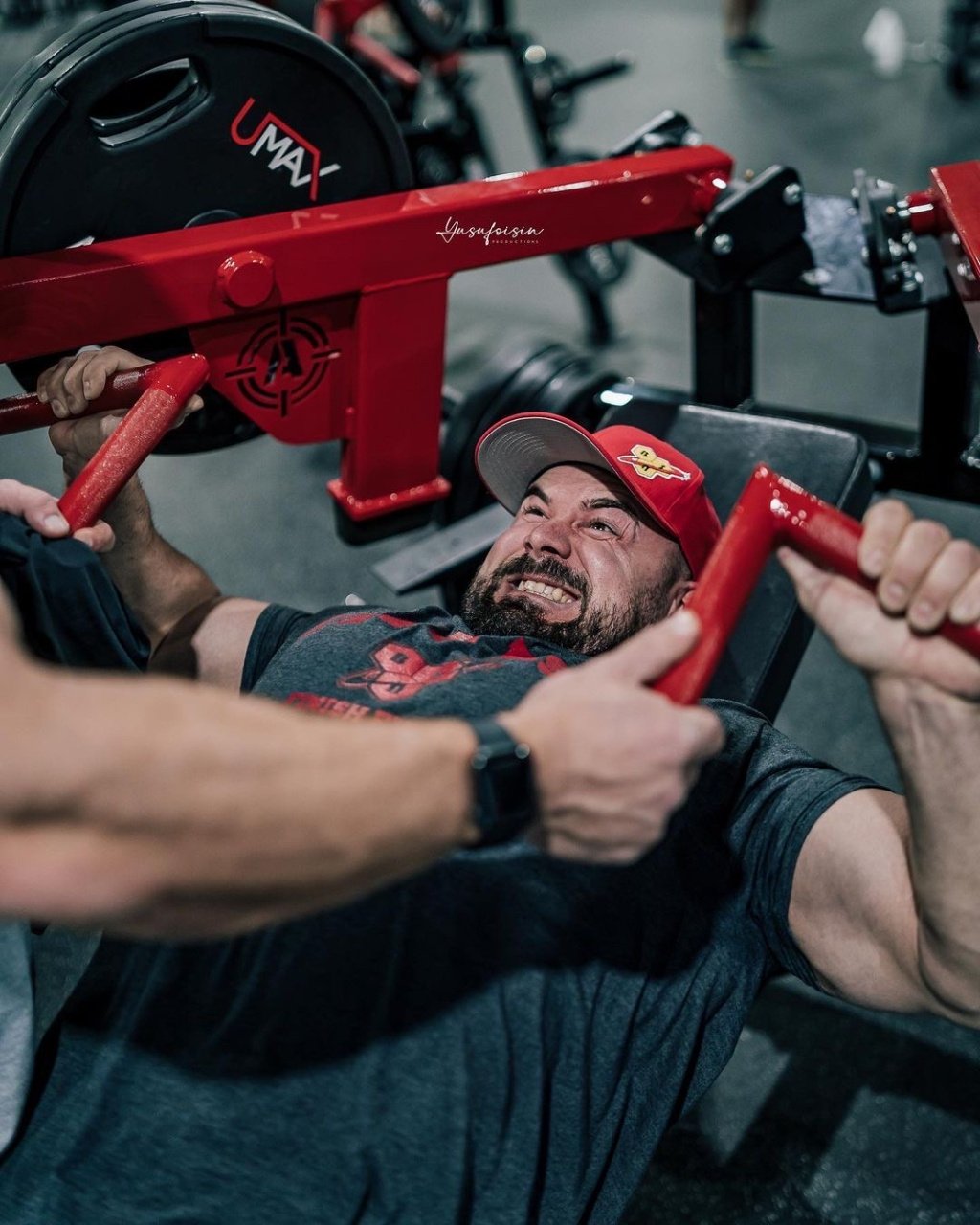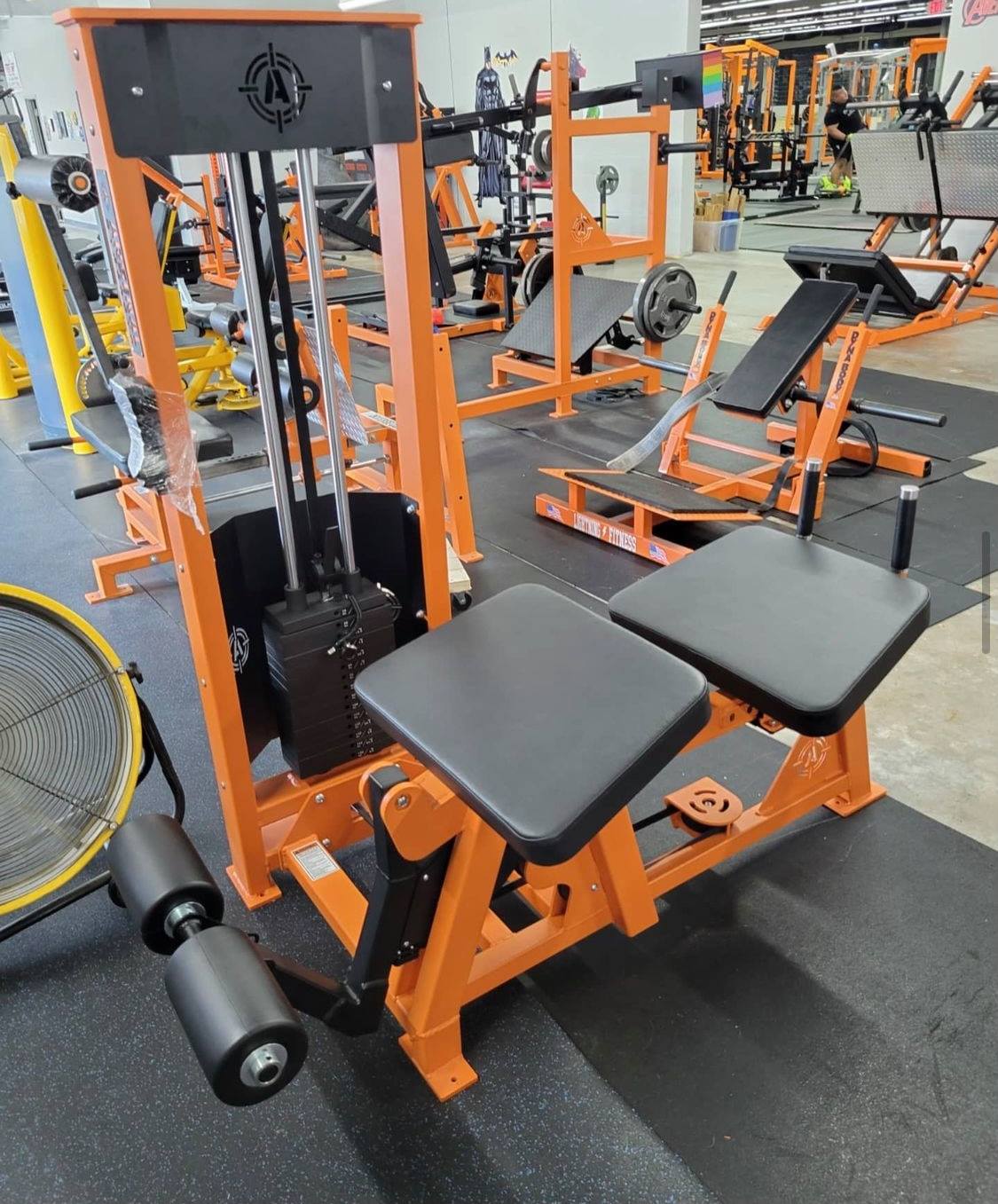Strength Training Showdown: Viking Press vs. Overhead Press
Which Should You Choose?
Shoulder and upper body strength training is crucial for overall fitness and athletic performance. The Viking Press and the Overhead Press are two effective exercises that primarily target these muscles. Both exercises build strength and stability in the shoulders, deltoids, trapezius, triceps, and other muscles involved in shoulder movement.
By comparing the Viking Press and the Overhead Press, we can determine which exercise is best suited for individual goals. Factors such as equipment availability, personal preference, and potential physical limitations should be considered when making a choice. Let's dive deeper into these exercises to find the right fit for you.
Understanding the Overhead Press
The Overhead Press, also known as the Shoulder Press or Military Press, is a popular compound exercise that focuses on building strength and muscle in the shoulders, deltoids, trapezius, triceps, and upper body. This exercise involves lifting a barbell or dumbbells from shoulder level to an overhead position, using the muscles in the upper body to press the weight up.
With a rich history in strength training, the Overhead Press has been a foundational exercise for athletes, bodybuilders, and fitness enthusiasts for decades. Its origins can be traced back to the early days of weightlifting, where it was a staple in strongman competitions and Olympic weightlifting events. The Overhead Press has stood the test of time and is still considered one of the most effective exercises for developing upper body strength and stability.
The Overhead Press targets multiple muscle groups simultaneously, including the deltoids, trapezius, and triceps. Incorporating it into your routine improves upper body strength, muscle definition, and athletic performance, while enhancing shoulder stability for overhead activities.
Introducing the Viking Press
The Viking Press is a relatively new exercise that has gained popularity in recent years as the "strong man" competitions have gained popularity. This exercise involves using a specialized machine that consists of two handles attached to a lever system. The user pushes the handles away from their body, mimicking the movement of a traditional overhead press.
Compared to the Overhead Press, the Viking Press offers a unique and dynamic way to target the muscles of the upper body. The equipment used in the Viking Press, such as the lever system and handles, allows for a more fluid and controlled movement. This can be particularly beneficial for individuals who may have limitations or discomfort when performing the traditional overhead press with a barbell or dumbbells. The Viking Press primarily targets the same muscle groups as the Overhead Press. These include the shoulders, deltoids, trapezius, triceps, and other muscles involved in shoulder movement. However, the Viking Press may provide a slightly different stimulus to these muscles due to the movement pattern and the use of the lever system.
The Viking Press offers a fresh and innovative approach to shoulder and upper body strength training. Its emergence in the fitness industry has provided individuals with an alternative option to target the same muscle groups as the traditional overhead press. Whether you prefer the Viking Press or the Overhead Press ultimately depends on your personal goals, equipment availability, and any potential physical limitations you may have.
Muscles Worked: A Side-by-Side Comparison
When it comes to targeting the primary muscle groups, both the Overhead Press and the Viking Press focus on the shoulders, deltoids, trapezius, and triceps. These exercises are effective in building upper body strength and stability.
During the Overhead Press, the deltoids are the key muscles engaged as they are responsible for shoulder abduction and flexion. The trapezius muscles also play a significant role in scapular elevation and retraction during this exercise. Additionally, the triceps are activated to assist in elbow extension. By consistently performing the Overhead Press, these muscle groups are strengthened, resulting in improved upper body strength and muscle definition.
The Viking Press targets the same muscle groups as the Overhead Press but provides a unique and dynamic way to work these muscles due to the lever system and handles. This fluid and controlled movement can benefit individuals with limitations or discomfort in traditional overhead presses.
Both the Overhead Press and the Viking Press are effective for developing strong and defined shoulders, deltoids, trapezius, and triceps. The Overhead Press is a classic exercise with a long history, while the Viking Press offers a fresh and innovative approach. The choice between the two exercises depends on personal goals, equipment availability, and any potential physical limitations.
Advantages of the Viking Press
The Viking Press offers several advantages that make it a beneficial exercise for shoulder and upper body strength training. One of the key advantages of the Viking Press is that it can be gentler on the shoulders compared to the traditional Overhead Press. The lever system and handles used in the Viking Press allow for a more controlled and fluid movement, reducing the strain on the shoulder joints. This can be particularly beneficial for individuals who have existing shoulder issues or discomfort when performing the Overhead Press with a barbell or dumbbells.
Another advantage of the Viking Press is its ability to provide stability during the exercise. The lever system and handles offer a more secure and balanced grip, allowing users to maintain control throughout the movement. This increased stability not only reduces the risk of injury but also helps individuals focus on engaging the targeted muscles effectively. The Viking Press can be especially useful for beginners who may struggle with balance and coordination during the Overhead Press.
Additionally, the Viking Press offers a variation in movement pattern compared to the traditional Overhead Press. This variation can help prevent muscle adaptation and promote muscle growth by introducing a new stimulus to the muscles. By incorporating the Viking Press into a workout routine, individuals can challenge their muscles in different ways and potentially overcome plateaus in strength and muscle development.
Real-World Application
In the realm of powerlifting, the Overhead Press is a staple exercise that helps athletes improve their performance in the bench press and other upper body movements. By developing strong shoulders, deltoids, and triceps through the Overhead Press, powerlifters can generate more force and stability during their lifts, ultimately leading to increased weight lifted in the bench press and enhanced overall upper body strength.
In Olympic weightlifting, the Overhead Press is a fundamental exercise that directly translates to the snatch and the clean and jerk. The explosive power and technique required in these lifts heavily rely on a strong and stable overhead position. By regularly incorporating the Overhead Press into their training, weightlifters can strengthen the muscles involved in shoulder abduction and flexion, leading to improved performance and technique in these Olympic lifts.
The Viking Press, on the other hand, has found its place in functional fitness and strongman competitions. Its unique movement pattern and equipment make it a versatile exercise that challenges the upper body in functional and dynamic ways. Athletes in functional fitness competitions often use the Viking Press to improve their ability to press heavy objects overhead, such as sandbags or logs. The fluid movement and increased stability of the Viking Press allow athletes to generate power and control during these functional movements, enhancing their overall performance in these competitions.
In strongman competitions, the Viking Press is a popular event that tests athletes' upper body strength and endurance. Competitors must press a loaded Viking Press apparatus overhead for as many repetitions as possible within a given time frame. The lever system and handles of the Viking Press allow athletes to generate maximum force and control while minimizing the strain on their shoulders. By training specifically with the Viking Press, strongman athletes can improve their ability to perform well in this event and increase their chances of success in competitions.
Showdown Results
When comparing the Viking Press and the Overhead Press, both exercises target the same primary muscle groups, including the shoulders, deltoids, trapezius, and triceps. They effectively build upper body strength and stability. The Viking Press offers a unique and dynamic way to work these muscles, providing a gentler option for those with shoulder discomfort. The lever system and handles used in the Viking Press allow for controlled and fluid movements, reducing strain on the shoulder joints. This exercise also provides stability and a variation in movement pattern, promoting muscle growth and overcoming plateaus in strength development. The choice between the two exercises depends on personal goals, preferences, and any physical limitations.
For those who are interested in incorporating the Viking Press into their shoulder workout, The Arsenal Strength Reloaded Viking Press is an excellent option. Learn more by clicking the link below.
Additional Resources
- Viking Press Muscles Worked
- Every Gym Needs One | Reloaded Viking Press
- The Arsenal Strength Reloaded Viking Press






